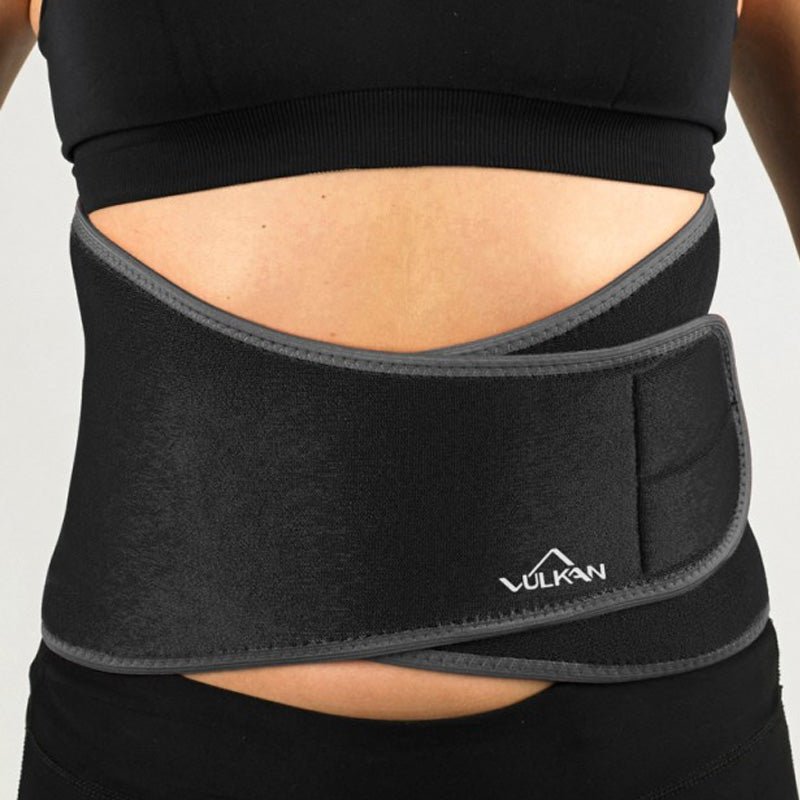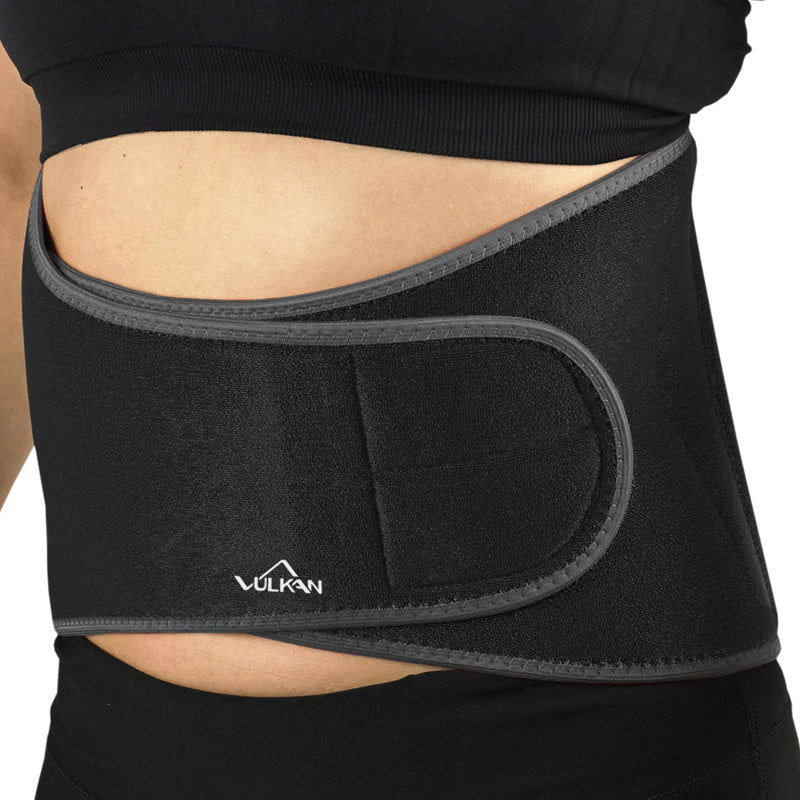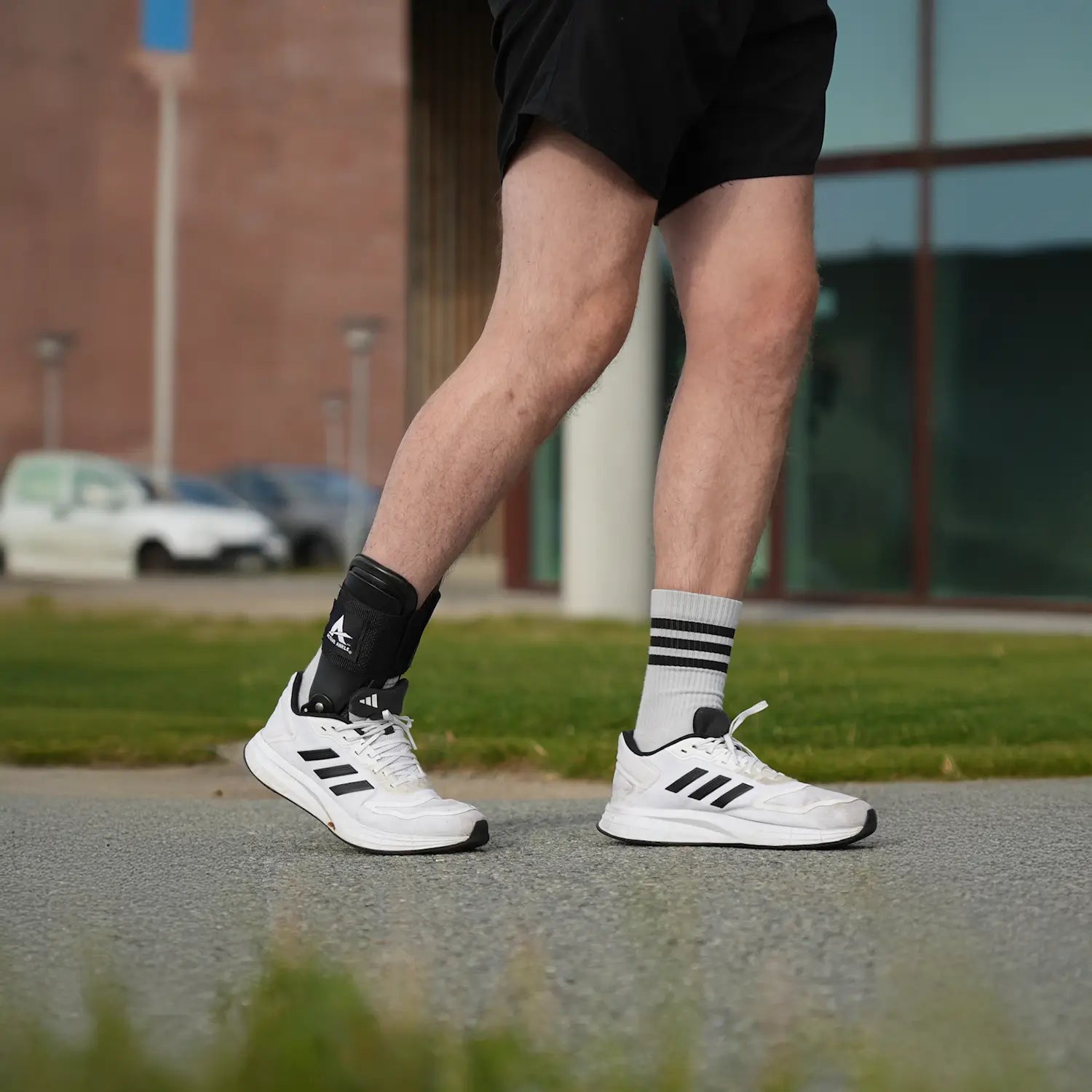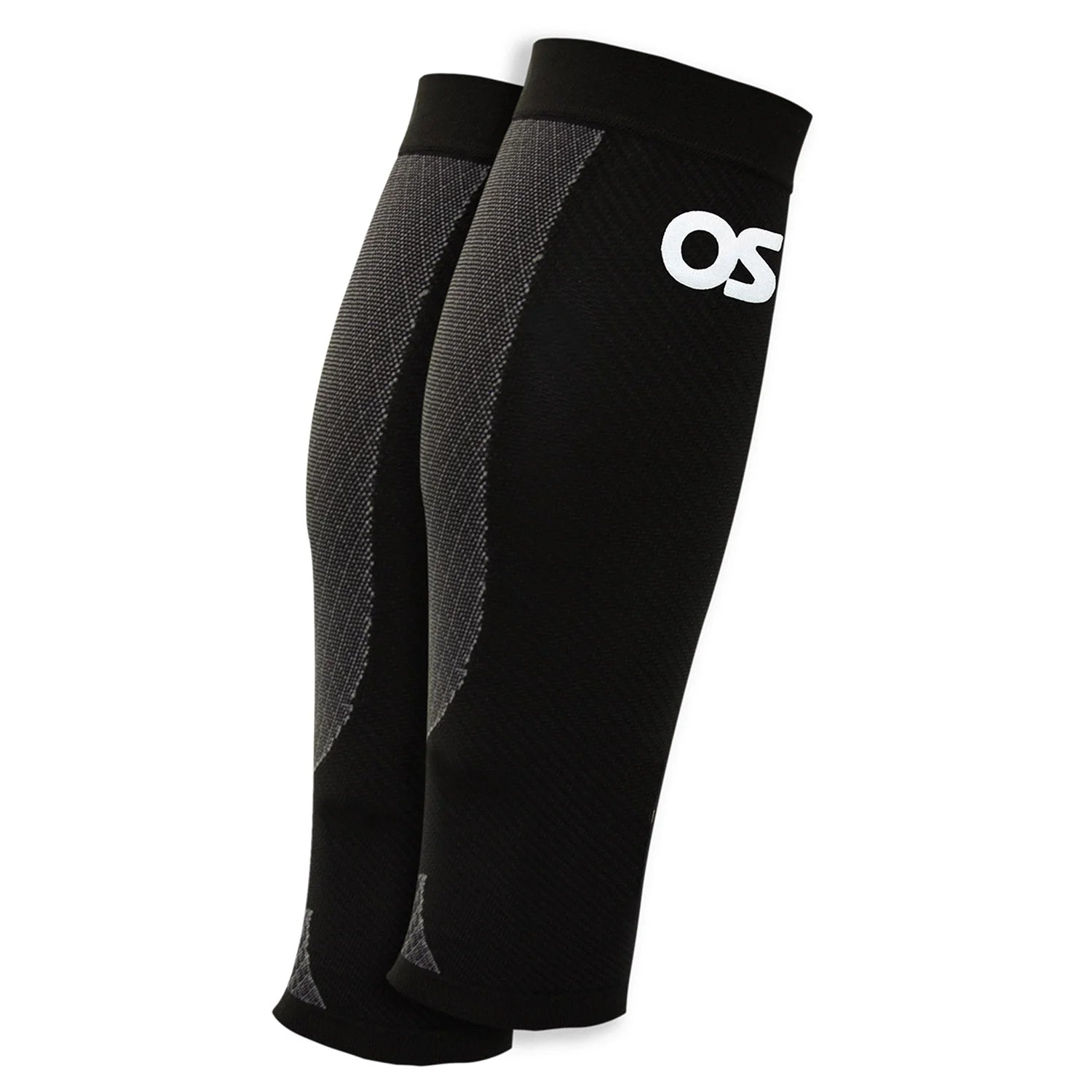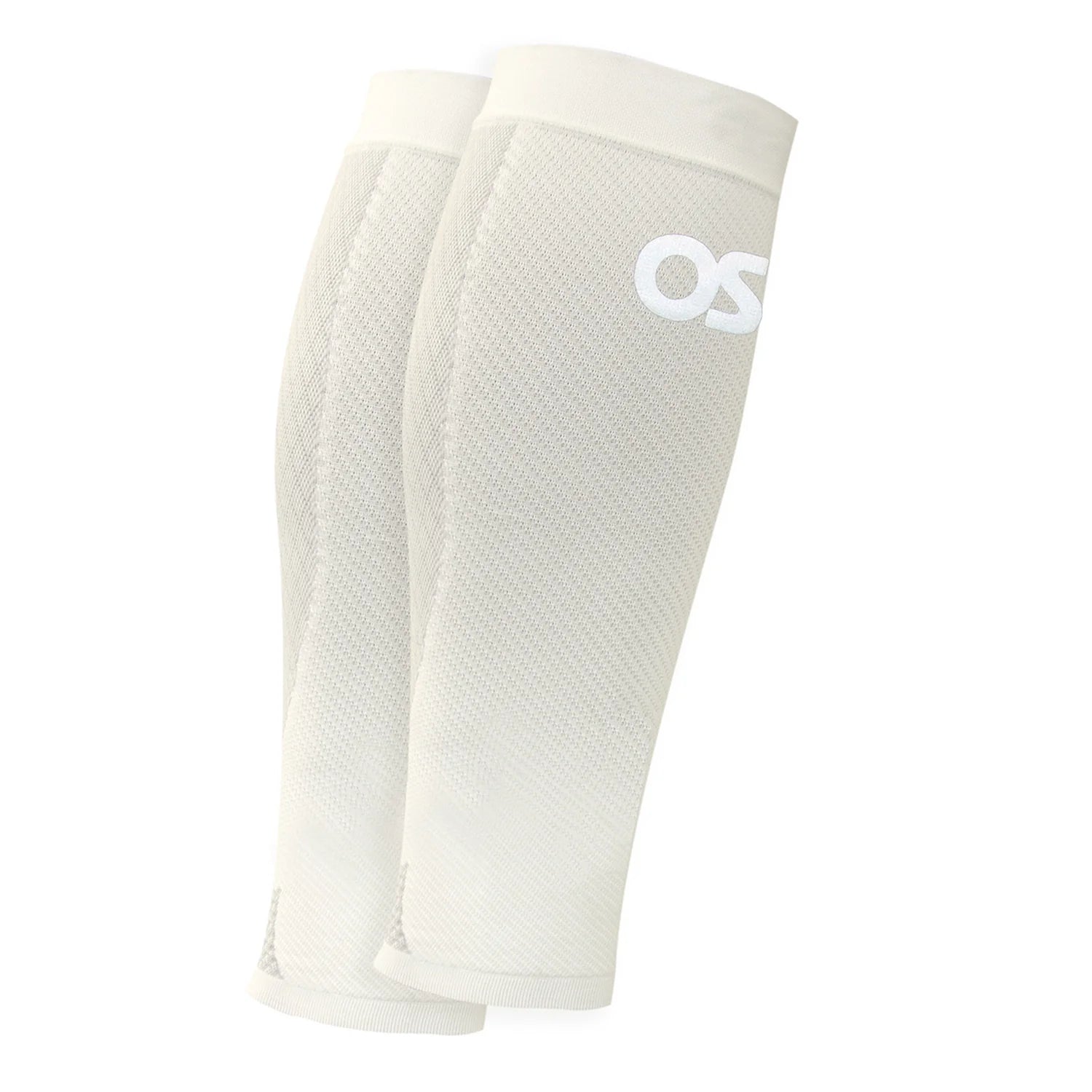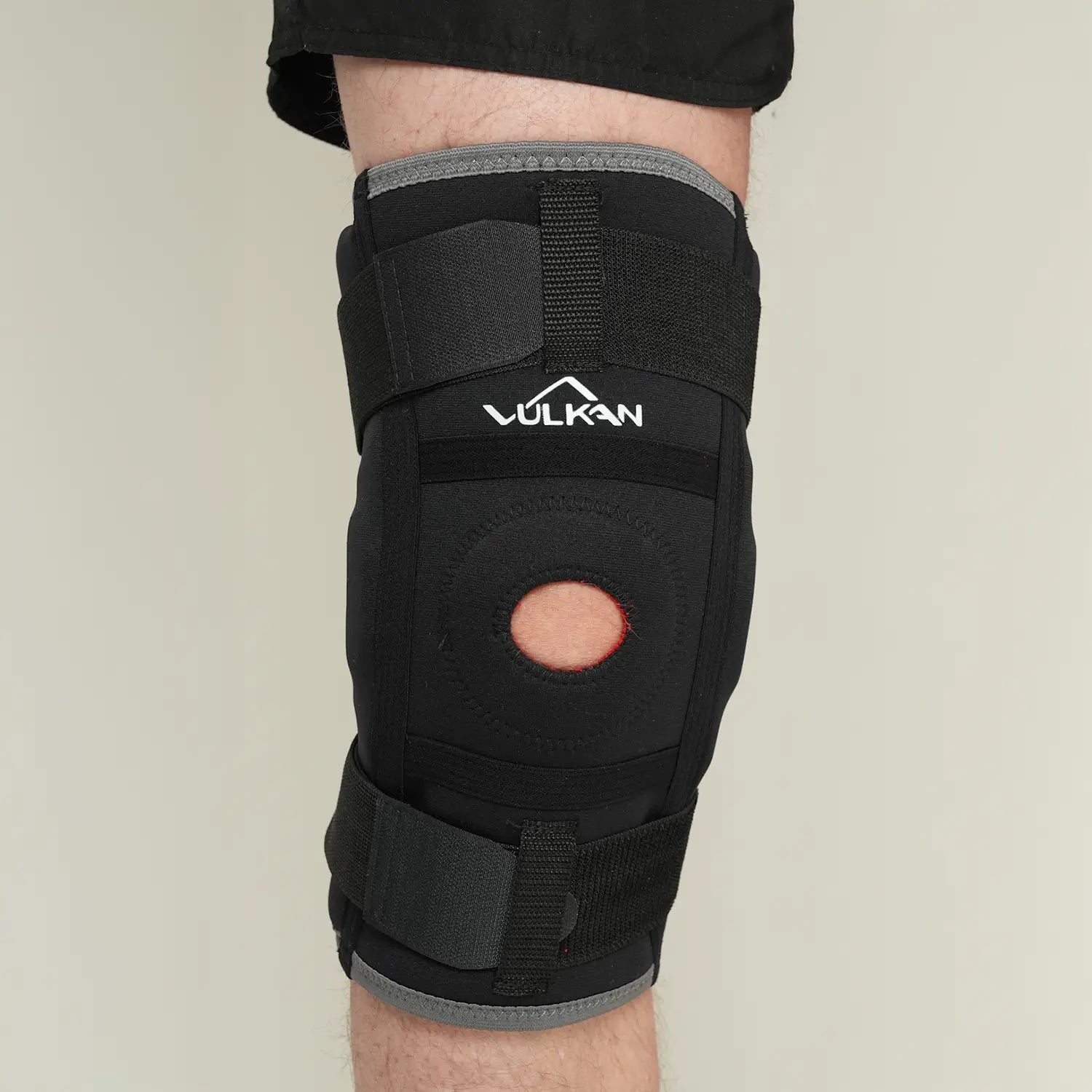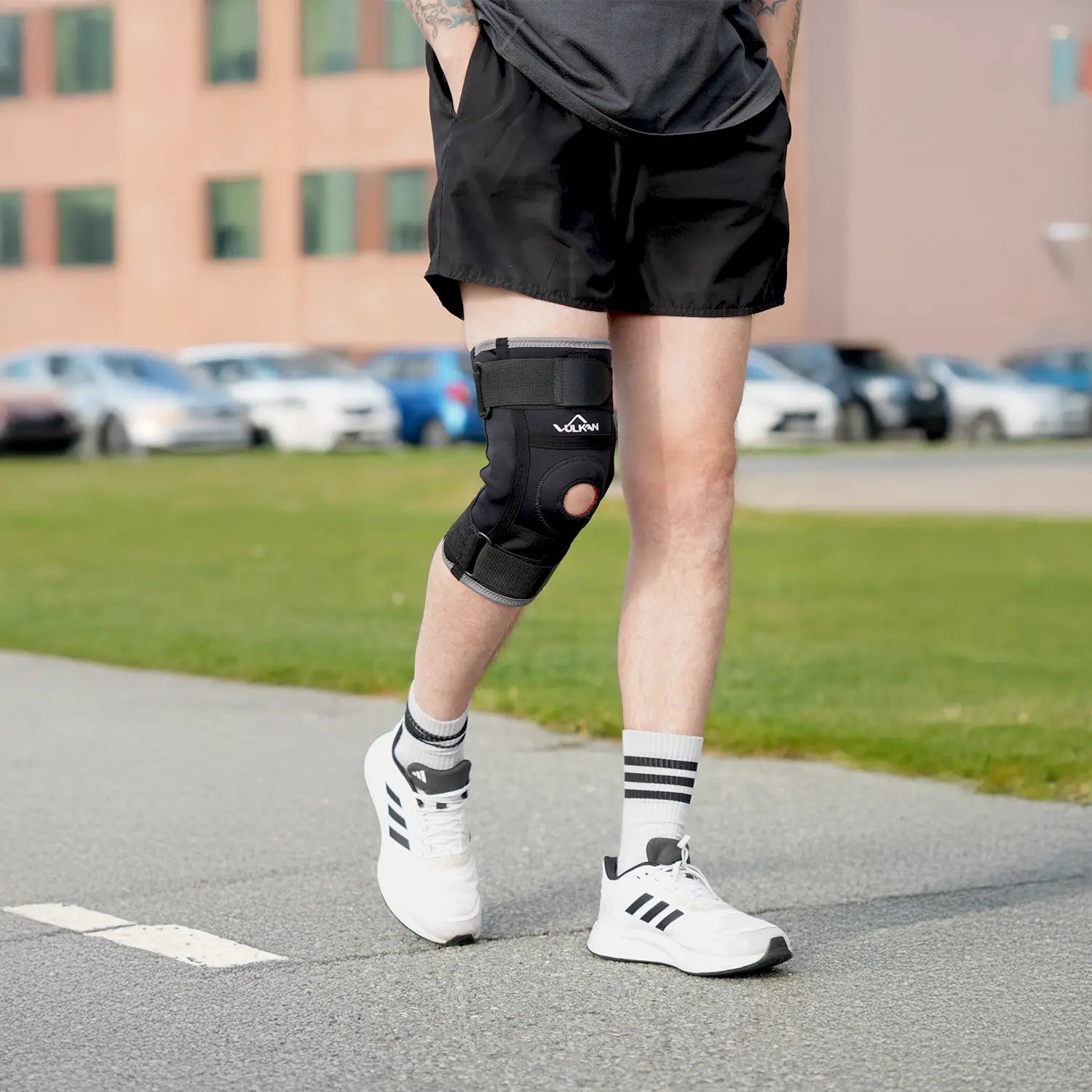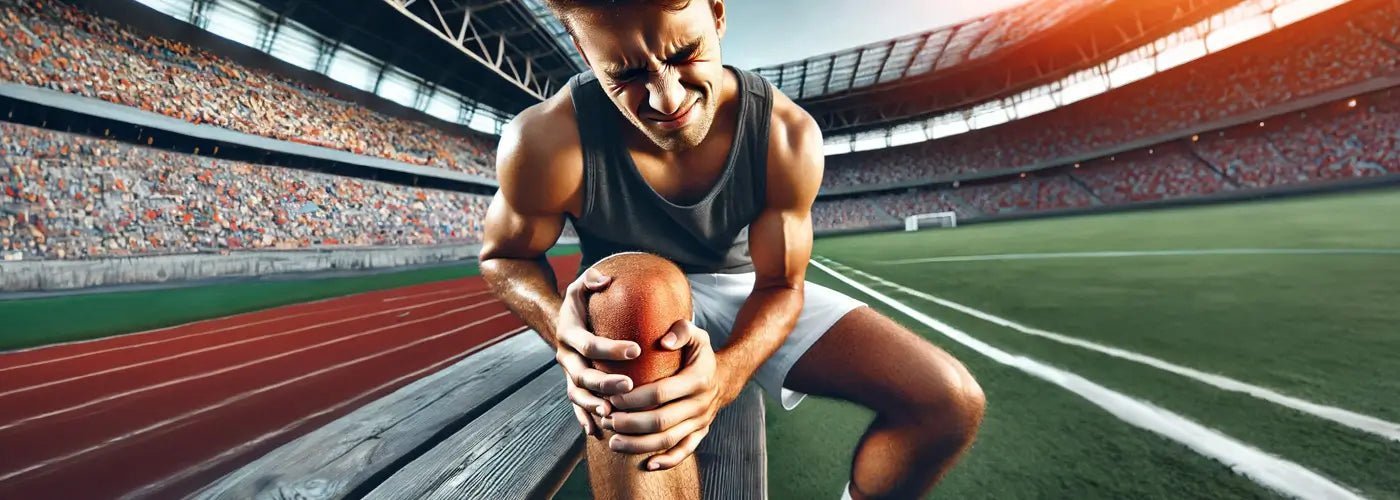
Posterior cruciate ligament (PCL) injury
Table of contents
A posterior cruciate ligament (PCL) injury to the knee is relatively uncommon but serious. It often occurs when there is a strong force applied to the knee while it is bent, such as in a fall, traffic accident or contact sports. The injury may be mild and self-healing, but in more severe cases it requires proper rehabilitation or surgery to restore knee stability.
Symptoms of posterior cruciate ligament injury
Typical symptoms often observed are:
- Pain in the knee, sometimes with swelling and a warm feeling
- A nagging feeling of instability – like your knee is about to give way
- Stiffness and difficulty bending or supporting the leg
- Muscle spasm or tenderness around the knee joint
- Impaired mobility in the knee
These symptoms are often somewhat milder than with anterior cruciate ligament injury, but the instability and pain may persist for a longer period of time.
Causes and mechanisms of damage
Posterior cruciate ligament injuries often occur as a result of trauma. Common causes include blows to the knee when it is bent – for example, in a car accident where the knee hits the dashboard, falling forward with the knee bent, or in sports situations involving excessive force or overextension. These injuries often also cause bleeding inside the knee joint and subsequent swelling (hemarthrosis), which can make the knee stiff.
Diagnosis
To diagnose a posterior cruciate ligament injury, a clinical examination and stability tests are performed, including the so-called posterior drawer and posterior sag test. If necessary, the diagnosis is supplemented with imaging methods such as magnetic resonance imaging (MRI) or plain X-ray to exclude other injuries at the same time. It is important to assess whether the injury is isolated or combined with other structures, such as menisci or collateral ligaments, as this affects the treatment.
Grading of posterior cruciate ligament (PCL) injury
To better understand the extent of the injury, posterior cruciate ligament injuries are divided into three degrees:
- Grade 1: Minor damage to the cruciate ligament, with pain but without functional impairment or instability in the knee joint.
- Grade 2: Partial rupture of the cruciate ligament, leading to instability of the knee joint.
- Grade 3: Total rupture of the cruciate ligament, which causes significant functional and stability impairment.
Treatment and rehabilitation
First treatment
Many isolated PCL injuries are treated without surgery. The RICE principle of rest, ice, compression, and elevation is the first step. After that, an orthosis is often used to keep the knee in the correct position during the healing phase, usually 2–3 months. In parallel, physiotherapy is started with exercises that strengthen the thigh and gluteal muscles and improve knee stability.
Surgical treatment
If the injury is severe, if multiple structures are involved, or if the knee remains unstable after rehabilitation, surgery may be necessary. Typically, the cruciate ligament is reconstructed with a graft, often from the hamstring or a donor. Surgery is followed by extensive rehabilitation, including early range of motion training and progressive strength training, usually for 6–9 months.
Rehabilitation strategy
Rehab starts with gradually increasing mobility and load within the pain threshold. Strength is first trained via static exercises, then with function for sport-specific movements. Neuromuscular training and balance exercises are also important to regain control of the knee. Rules for increasing load are developed according to an individual rehabilitation program, with the goal of returning to activity without symptoms.
When should you seek medical attention?
If you experience pain, swelling, instability or misalignment after a trauma to the knee, you should seek medical attention immediately. Even without obvious symptoms, it is important to undergo an examination after the injury to avoid feelings of instability and long-term damage such as osteoarthritis.
Recommended products
Can a PCL injury heal on its own?
Yes, many mild or partial injuries heal with conservative treatment, including orthotics and physical therapy.
When is surgery needed?
Surgery is considered for more severe injuries, residual instability, or combination injuries.
How long is the rehabilitation period?
Conservative treatment usually takes a few months. Surgery often requires 6–9 months of rehabilitation.
What can I do myself during rehabilitation?
Walk steadily within your pain threshold, use orthotics as recommended, and continue with the physiotherapist's exercises for muscles and balance.




